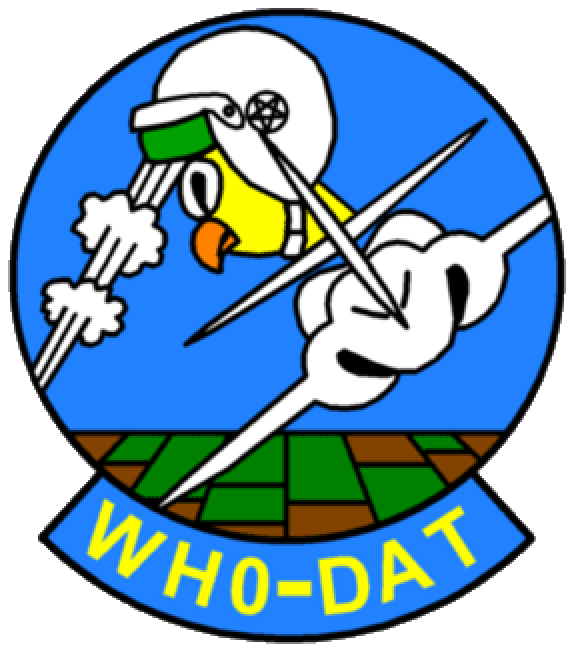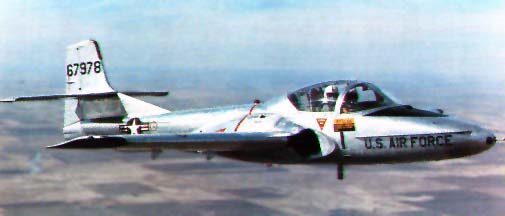

Primary Training


The T-37 is a
twin-engine primary trainer used for teaching the fundamentals of jet aircraft
operation and instrument, formation and night flying. Affectionately known as
the "Tweety Bird" or "Tweet," it was the first USAF jet aircraft designed from
conception as a trainer (as opposed to a modification such as the T-33). Its
flying characteristics helped student pilots prepare to transition to the
larger, faster T-38 "Talon" later in the pilot training program. Side-by-side
seating in the T-37 makes it easier for the instructor to observe and
communicate with the student.
The XT-37 prototype made its initial flight on October 12, 1954, and the
pre-production T-37A first flew on September 27, 1955. Following modifications,
the T-37A entered operational USAF service in 1957. In 1959, the T-37B joined
the USAF. Similar to the -A, it had more powerful engines, a redesigned
instrument panel and improved radio communications and navigational equipment.
In time, all -As were modified to -B standards.
The T-37C, with provisions for armament and extra fuel, was built for
export. Both T-37Bs and -Cs serve the air forces of several Allied nations. In
all, nearly 1,300 T-37As, -Bs and -Cs were built before production ended in the
late 1970s. In addition, nearly 600 A-37s--attack modifications of the
T-37--were built.
Primary Function: Primary trainer in joint specialized undergraduate pilot training
Contractor: Cessna Aircraft Co.
Crew: Two - student pilot and instructor pilot
Unit Cost: $164,854
Powerplant - Two Continental J69-T-25 turbojet engines rated at 1,025 pounds (461.25 kilograms) each
Dimensions
Length: 29 feet, 3 inches (8.9 meters)
Wingspan: 33 feet, 8 inches (10.2 meters)
Height: 9 feet, 2 inches (2.8 meters)
Weights
Empty: 6,211 pounds (2,817 kilograms) -- OA-37B Dragonfly
Maximum Takeoff: 6,625 pounds (2,981 kilograms)
Performance
Speed: 360 mph (Mach 0.4 at sea level)
Ceiling: 35,000 feet (10.6 kilometers)
Range: 460 miles